
GUEST BLOGGER: ANITA SANCHEZ
Choosing words
In writing, words are all we have to evoke emotions. No images, no music, no colors—just individual words. And in writing picture books, we’re limited in the number of words we can use. Authors of picture books can’t gush forth paragraphs of description. Every. Word. Counts.
I think the goal of every writer is to create a great character—one that will inspire strong emotions. One that will linger in the mind long after the reader closes the book. Whether I’m writing fiction or nonfiction, I strive to build memorable characters. After all, if the reader doesn’t care about the character, why bother turning the pages? So almost every word in a picture book is chosen to serve as a building block for that character.
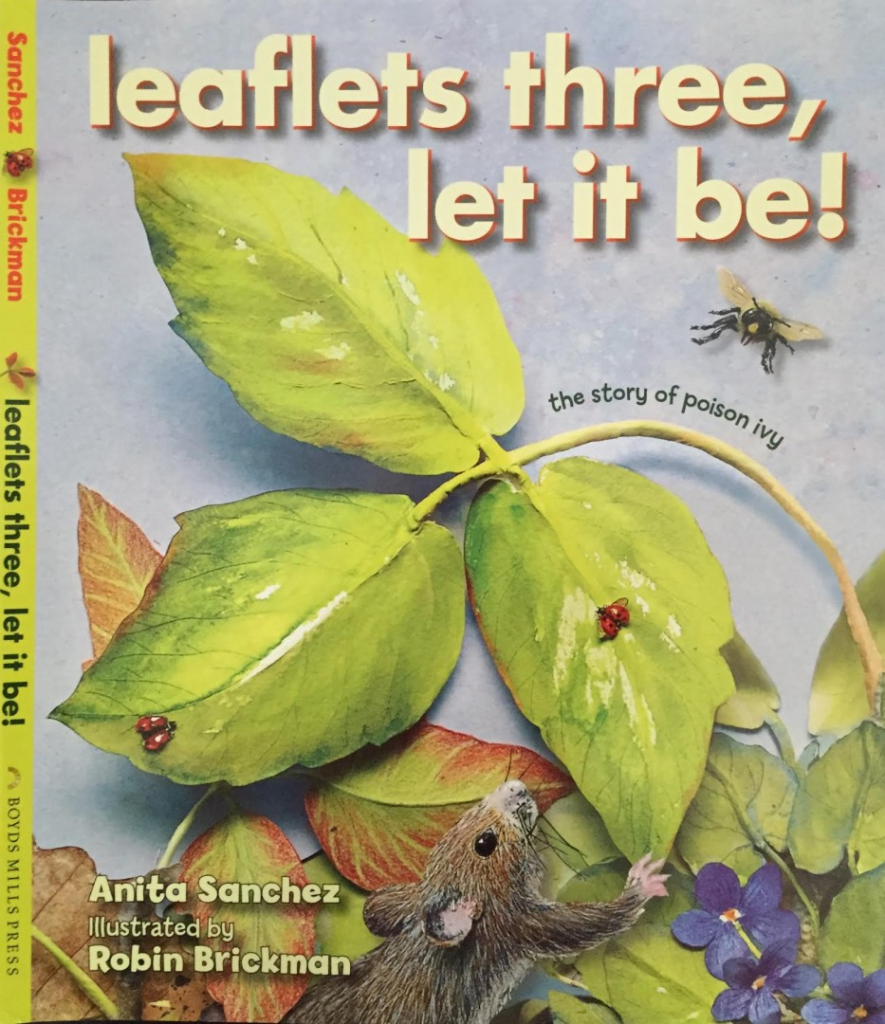
What character is more memorable, more fascinating, more downright fun, than a great villain? So perhaps it’s no surprise that, of all the characters I’ve ever written about, the one that inspires the strongest emotions in my readers is, no question, the protagonist in my picture book Leaflets Three, Let It Be! But the surprising fact is that the character isn’t a human, it’s not even a wild animal—it’s a plant. A poison ivy plant.
The most common emotions that poison ivy inspires, of course, are fear and disgust. But the more I researched this amazing plant the more I learned things that created positive feelings—poison ivy is a native plant, an important source of food and shelter for many types of wildlife from mice to moose. Birds like robins, bluebirds and cardinals feast on its berries. (And no, they don’t get itchy—poison ivy only affects humans.) My goal in writing this book was to make my reader feel something other than horror at the thought of poison ivy—to turn the plant into a hero instead of a villain.
To do this, I wanted to make poison ivy into a true character—not a fictional talking plant with a cartoon face, but a living organism struggling to survive, just like the rest of us. So in describing the plant in its journey through the seasons, I carefully chose words that would bring poison ivy alive.
Describing words — the use of adjectives
As you read the book aloud to students, ask them to listen for adjectives: words that describe.
Each adjective in Leaflets Three is selected to create different feelings about each season.
Ask students to pick out the adjectives in the first sentence: “Winter woods are dark. Bare branches rattle in the icy wind.” Do words like dark, bare, and icy help you feel the cold of winter?
How is poison ivy described in spring? Listen for words like red, shiny, and tender.
In summer, poison ivy has different adjectives: strong, cool, moist, and dainty.
Listen for the color adjectives in the fall section: scarlet, orange, purple, gold, bright.
Think about how different adjectives could change your feelings about the subject. If I write “poison ivy is poisonous green” that will evoke a different emotion than if I write it’s “emerald green.” Challenge students to write a simple sentence, such as, “The deer walked through the (blank, blank) forest.” Then have them take turns choosing different adjectives to fill in the blanks. Talk about how the adjective can completely change the way you feel about the forest: is it “silent” and “dark” or “green” and “sun-lit”?
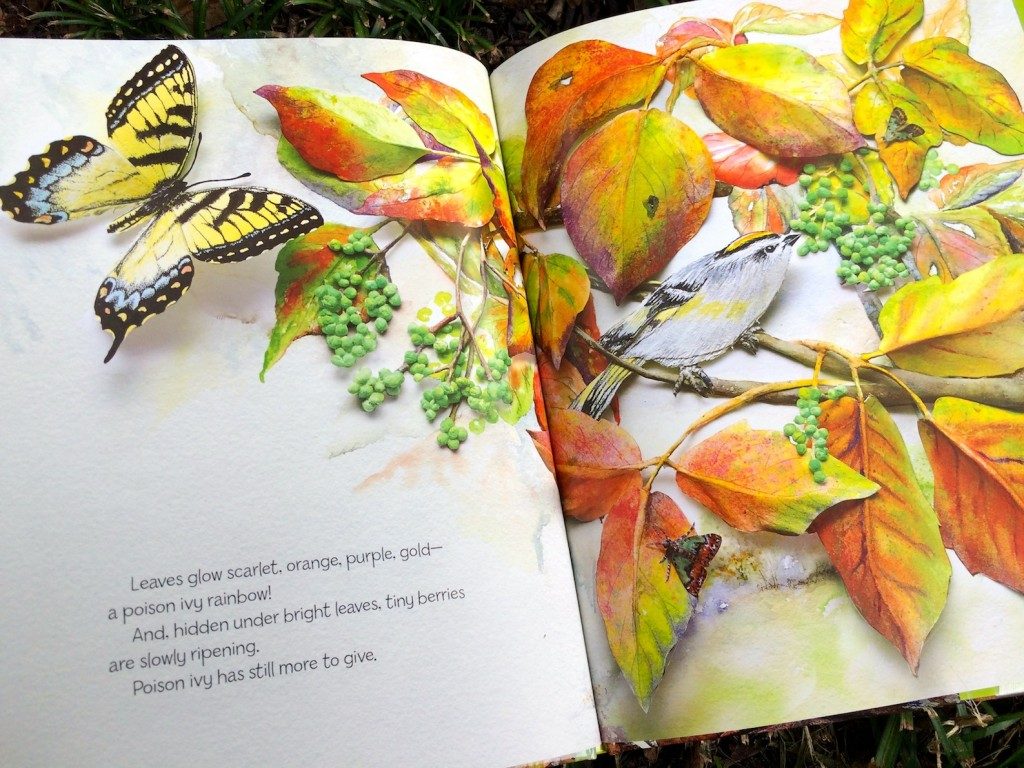
Action words — verbs do the heavy lifting
As you read the book aloud to students, ask them to listen for verbs: the action words.
Poison ivy is an active character in the book, in each season. In winter, the vine creeps, clings, and curls.
In spring, buds pop, leaves unfold and shine. Summer leaves hide, spread and shade.
Animals also perform many actions. Ask students if they can remember which animals crunch and munch (insects), nibble (rabbit), growl (bear), wriggle (salamanders), tunnel (leaf-miners), swoop, gobble and flit (birds).
Ask students to make up sentences that involve animals and plants in the forest habitat, using creative verbs. “All through the year, poison ivy glows, ripens, and gives many gifts to the animals that live in the forest.”
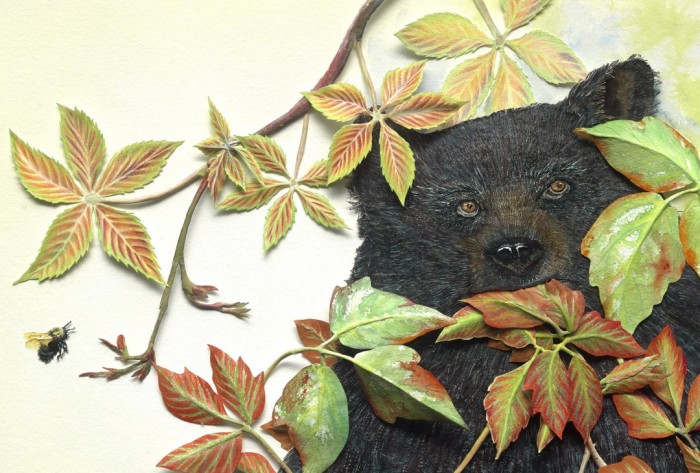

As a science writer, Anita Sanchez is especially fascinated by plants and animals that no one loves. Her books are intended to get kids excited about science and the wonders of the natural world. During her career at the NYS Department of Environmental Conservation, she developed curricula for environmental science programs serving thousands of students. Many years of field work and teaching outdoor classes have given her firsthand experience in introducing students to the terrors and joys of nature. She is the award-winning author of many books on environmental science for children and adults. Her most recent book is Rotten! Vultures, Beetles, Slime, and Nature’s Other Decomposers. (HMHKids, 2019). Visit Anita’s website or follower her on Twitter @anitasanchez518.


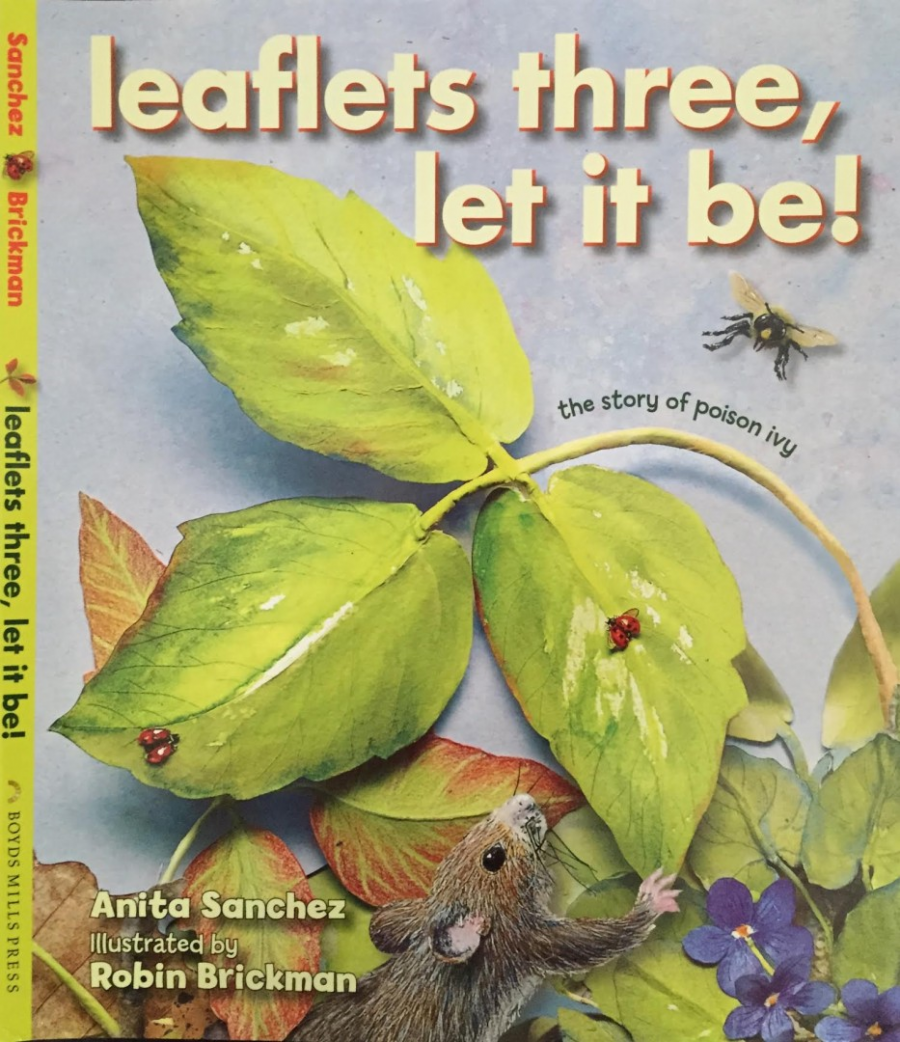
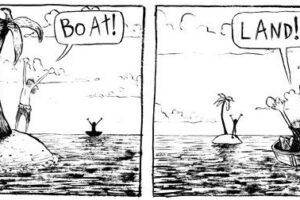
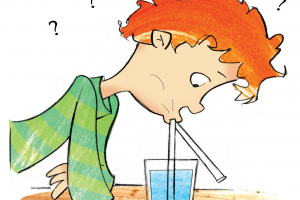
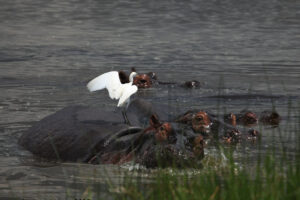


2 Comments
Leave your reply.